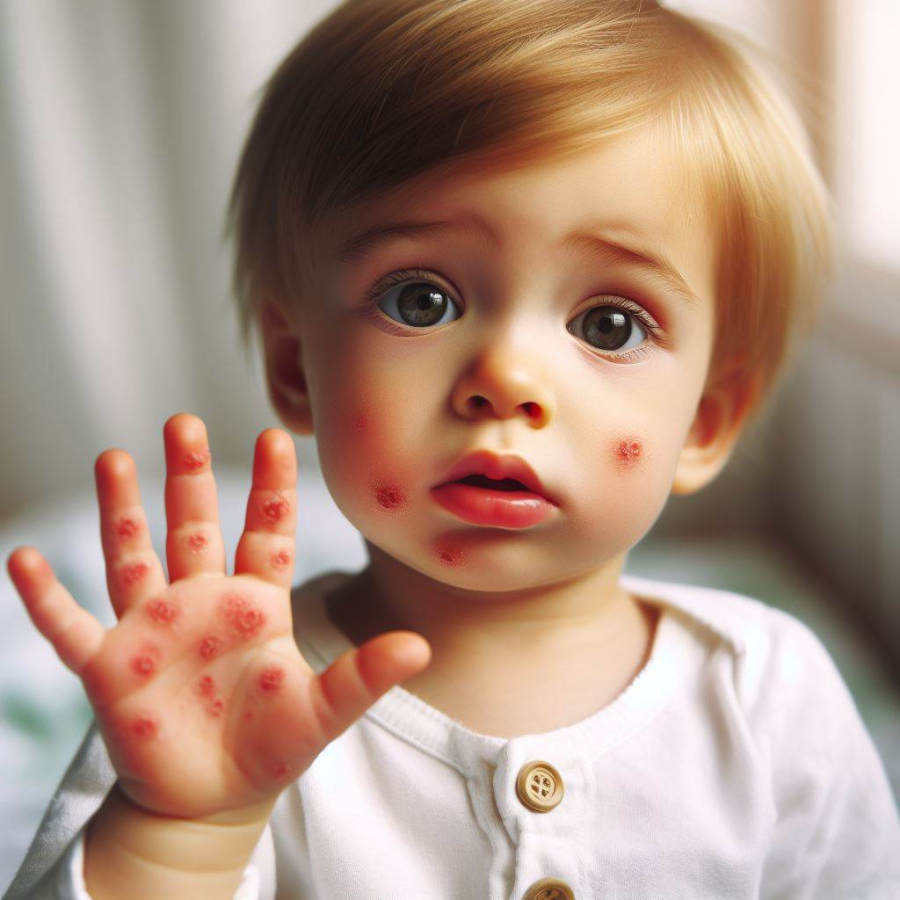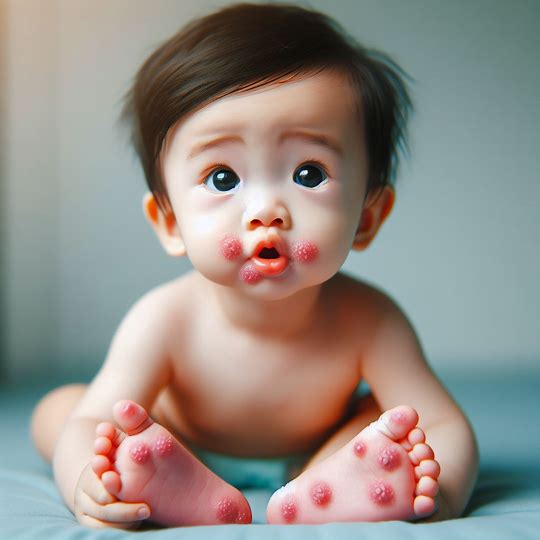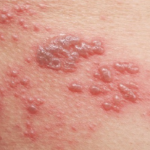According to Dr. Phan Thi Thu Minh, from the Pediatrics and Neonatal Department at the Viet Phap Hospital, Hanoi, the months from 4 to 6 and from 9 to 12 are high-risk periods for the spread of hand-foot-and-mouth disease. If schools fail to maintain proper environmental hygiene, the disease can spread rapidly.
In conditions of high humidity to the point of saturation, the air condenses into water vapor, especially on surfaces such as floors, glass doors, clothes, and other objects, creating ideal conditions for the growth of mold and viruses. This increases the rate of spread of infectious diseases including hand-foot-and-mouth disease, thereby increasing the risk of infection.
Since young children often have the habit of sucking on and sharing toys, they are easily infected with hand-foot-and-mouth disease. In addition, due to frequent close contact and lack of knowledge on how to prevent it, children are even more susceptible to this disease.
Hand-foot-and-mouth disease is usually not very severe, causing only fever for a short time along with some characteristic signs. However, there have been cases where many children contracted this disease and developed complications with discreet peripheral symptoms, making it difficult to detect.

Hand-foot-and-mouth disease is usually not very severe, causing only fever for a short time along with some characteristic signs
The following are some warning signs to look out for indicating that your child may be experiencing complications from hand-foot-and-mouth disease.
Non-specific systemic symptoms
When a child first gets sick, the first sign may be a high fever above 38.5 degrees Celsius, which lasts for more than 48 hours and does not decrease when fever-reducing medication is used. In addition, the child may also feel pain in the throat and mouth, leading to discomfort and loss of appetite.
About 1 to 2 days after the fever appears, blisters may develop in the mouth, throat, or both, which is the next symptom of the disease.
The child has unexplained startled responses 2 times within 30 seconds
Parents need to monitor whether there is an increase in unexplained startled responses in the child. A child having more than 2 involuntary startled responses within half a minute could be a sign of neurological toxicity. In severe cases, the child may experience continuous startled responses, even during deep sleep.

Parents need to monitor whether there is an increase in unexplained startled responses in the child
The child cries inconsolably for a long time
Children may exhibit restlessness, cry continuously, or even cry all night without falling asleep. Every 15-20 minutes, the child may wake up and start crying loudly, making it very difficult to comfort them.
The child has difficulty breathing, vomits frequently, has difficulty swallowing, has weak limbs, and walks unsteadily
If the child develops red spots and blisters on the hands, feet, buttocks, knees, or mouth ulcers, along with any other symptoms such as vomiting, irregular breathing, twitching hands or feet, unsteady movement, or difficulty keeping balance while sitting, parents need to take their child to the hospital immediately.
While skin manifestations such as erythema and vesicles can aid in initial diagnosis, they do not fully reflect the severity of the disease. It is important to pay special attention to skin lesions that may not be immediately recognizable. Children with suspicious symptoms of complications should be carefully evaluated by a doctor and may need to be hospitalized for timely treatment.































